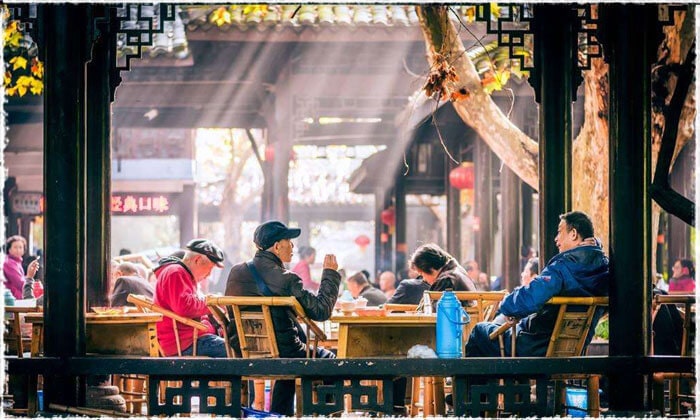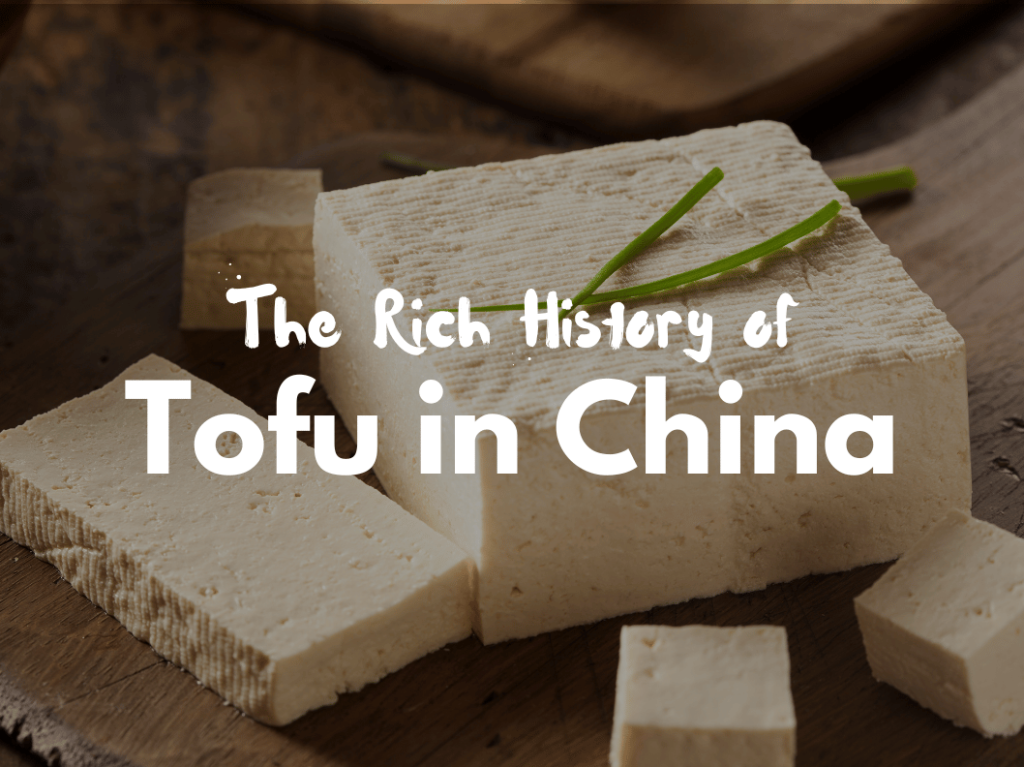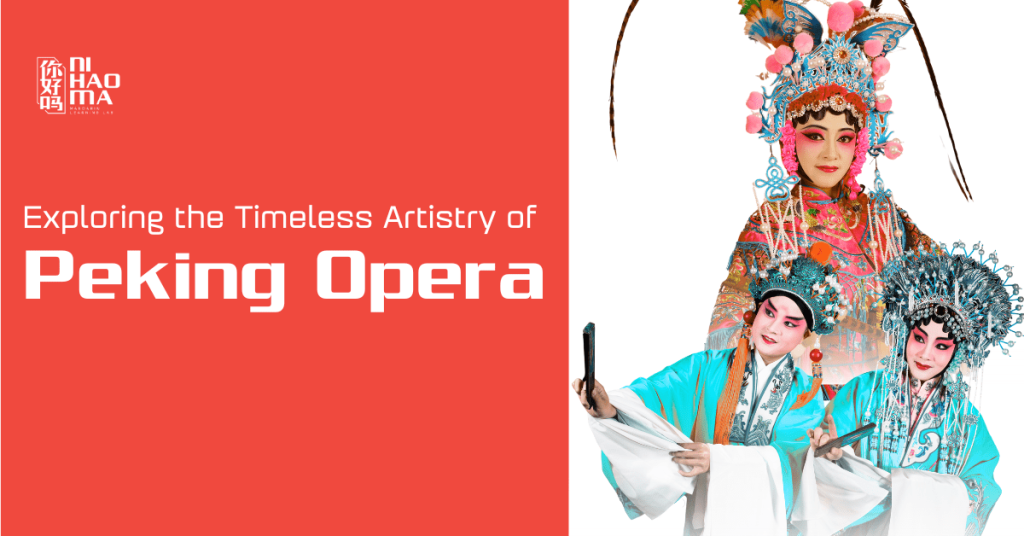When talking about Chinese culture it would be incomplete without including tea. If drinking tea is sipping as a drink to quench thirst, tasting tea is a different matter.
Tea was discovered 3 thousand years ago. The history of tea development is associated with the development of economy, culture and society. Starting from a legendary origin, tea has become the world’s second most popular beverage. Few people know that before tea was known as a famous drink in the world, it was a medicine. From the time it was discovered until the Tang Dynasty, tea was still regarded as a remedy, growing wild in the mountains and forests instead of being planted and processed.
Throughout the Zhou Dynasty, Qin Dynasty, Han Dynasty, tea was considered as traditional religious symbol used only for royal class and was not popular among people. It was not until the Tang Dynasty (618 – 907) that tea culture, along with poetry and other cultures, developed to a brilliant peak. Tea is not only a drink, a medicine, but also an art that is considered as one of the “national spirit” of the Chinese.
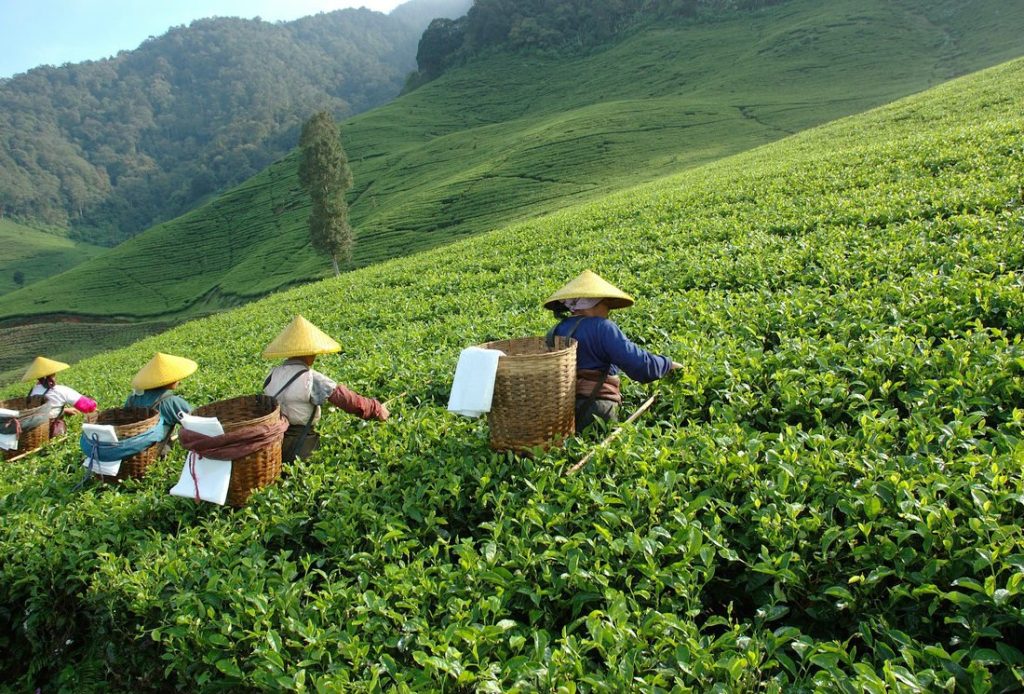
Today, tea is the second most consumed beverage in the world after water. The amount of tea consumed each year is equal to the consumption of coffee, soft drinks and alcohol combined. Throughout its developments, tea has gradually entered the cultures of other countries: Japanese tea culture, Chinese tea ceremony… to British afternoon tea culture. Along with that, tea automatically entered the literature as a source of inspiration, being a popular topic.
Green tea, black tea, Oolong tea, white tea, yellow tea, and dark tea are the main varieties of Chinese tea. Each region is famous for growing different types of tea. Tea in different areas has different flavors.
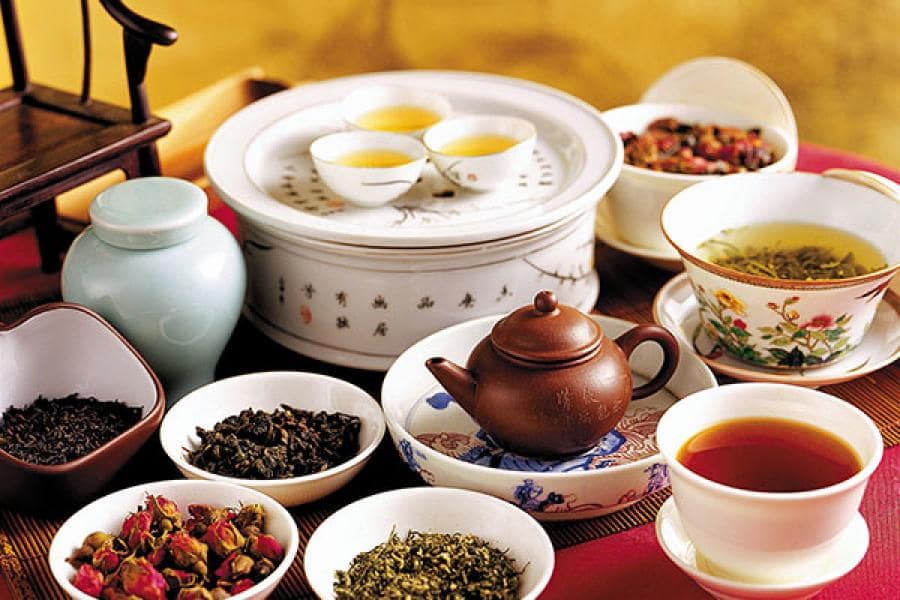
To tea-lovers, a brick of fine Pu-er is more valuable than a gram of gold. For tea collectors, tea is an investment – more than something to drink. Over the past decade, a number of premium teas, especially those that have improved over time, have become as collectibles for tea lovers as the rarest wines. For example, Pu’er and white tea are valued for their long-term preservation – the older they are, the more valuable they become. However, some teas, like green tea, decay over time, thus not all teas are suited for collection.
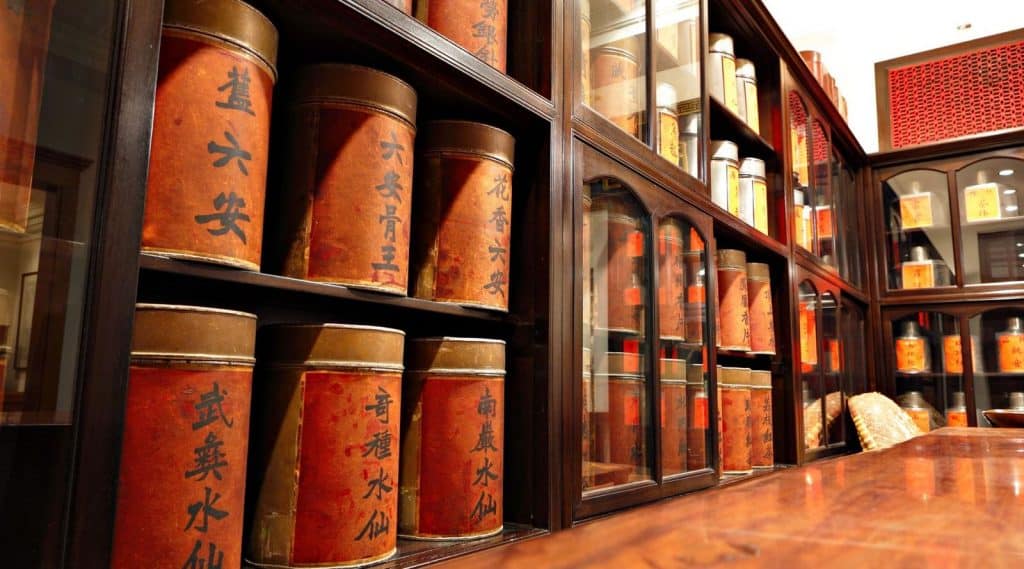
Serving tea to a guest is considered a sign of respect in traditional Chinese culture. Offering a cup of tea to an elderly person is a way for a younger person to express respect and gratitude. This is particularly typical for significant occasions like birthdays or the Spring Festival. Chinese weddings are another unique occasion when tea is served. The bride and groom hand their parents tea while they are both on their knees during the traditional Chinese wedding ritual. This is their expression of gratitude to their parents for raising them.
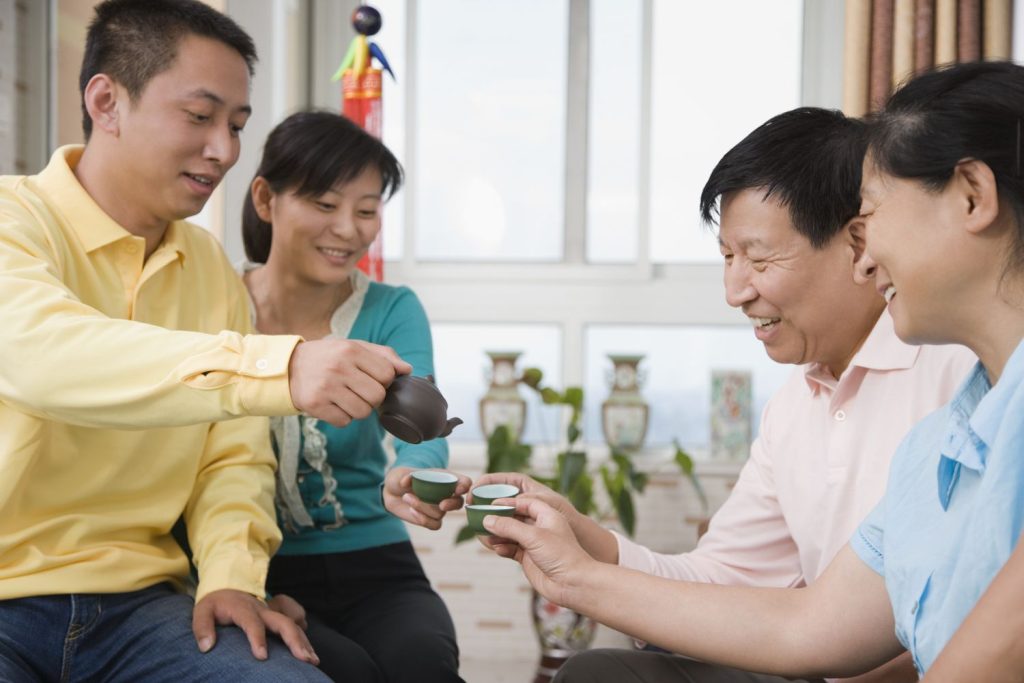
In China, tea is a good form of socialising. The origin of Chinese tea tradition is a teahouse. Generally, Chinese people view gathering in a teahouse as a nice opportunity to socialize or discuss business matters. Chinese people typically prefer to converse freely and deeply with their friends, and businesspeople typically negotiate with their partners while enjoying a cup of tea.
